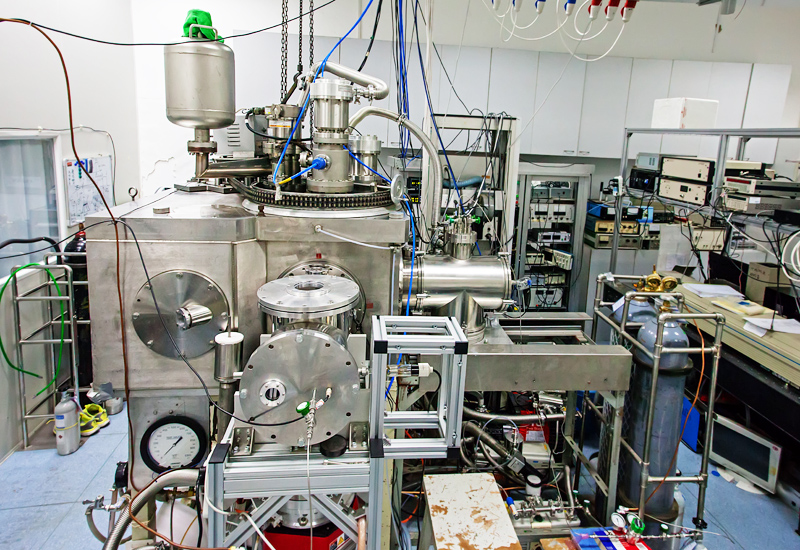
Key Parameters:
Base Vacuum: main chamber 10-7 Torr; detector region 2: 10-11 Torr
Resolution of Translational Energy: 5%
Crossing Angle of Two Molecular Beams: 90°
Detectable Angle: -15°to 112°
Functions & Applications
Crossed molecular beams method provides a means to study fundamental gas-phase reaction dynamics under single-collision conditions. In this universal approach, two atomic or molecular beams are crossed at 90°, and products that scatter from the intersection region are detected with a quadrupole mass spectrometer detector. The detector uses electron-impact ionization, which allows detection of a wide variety of products.